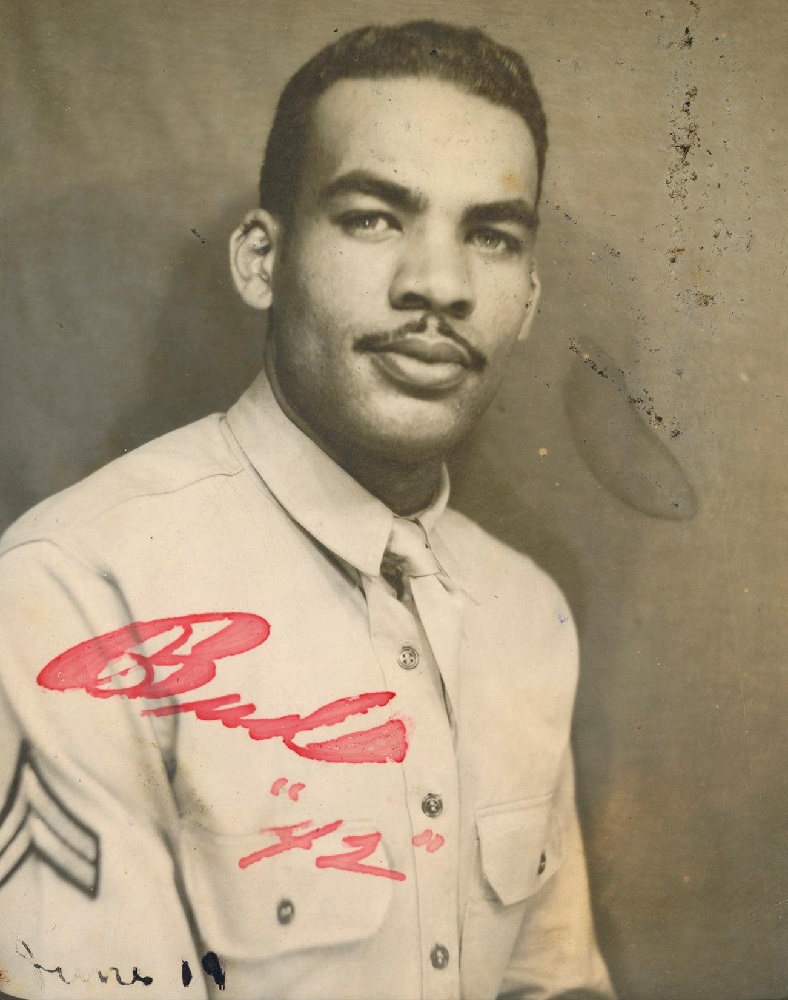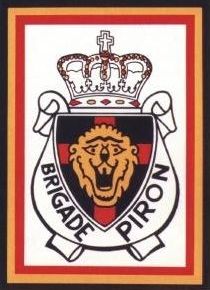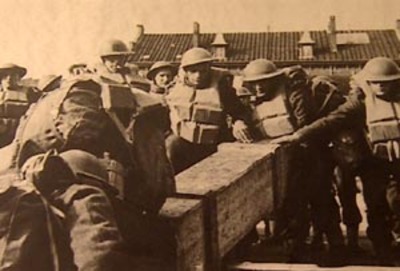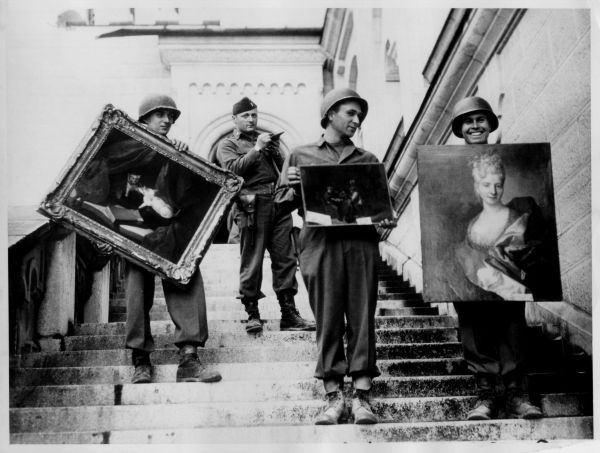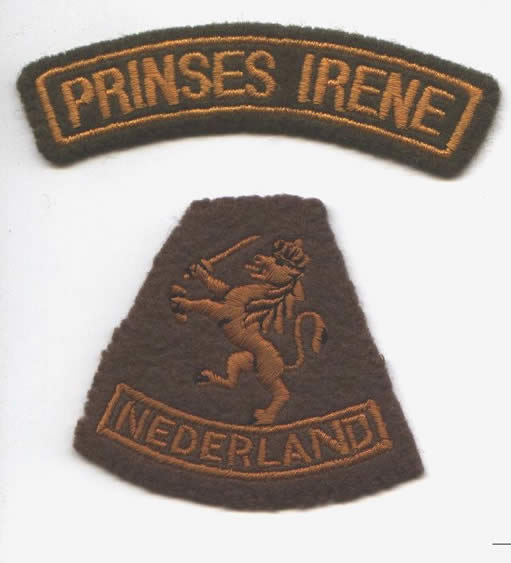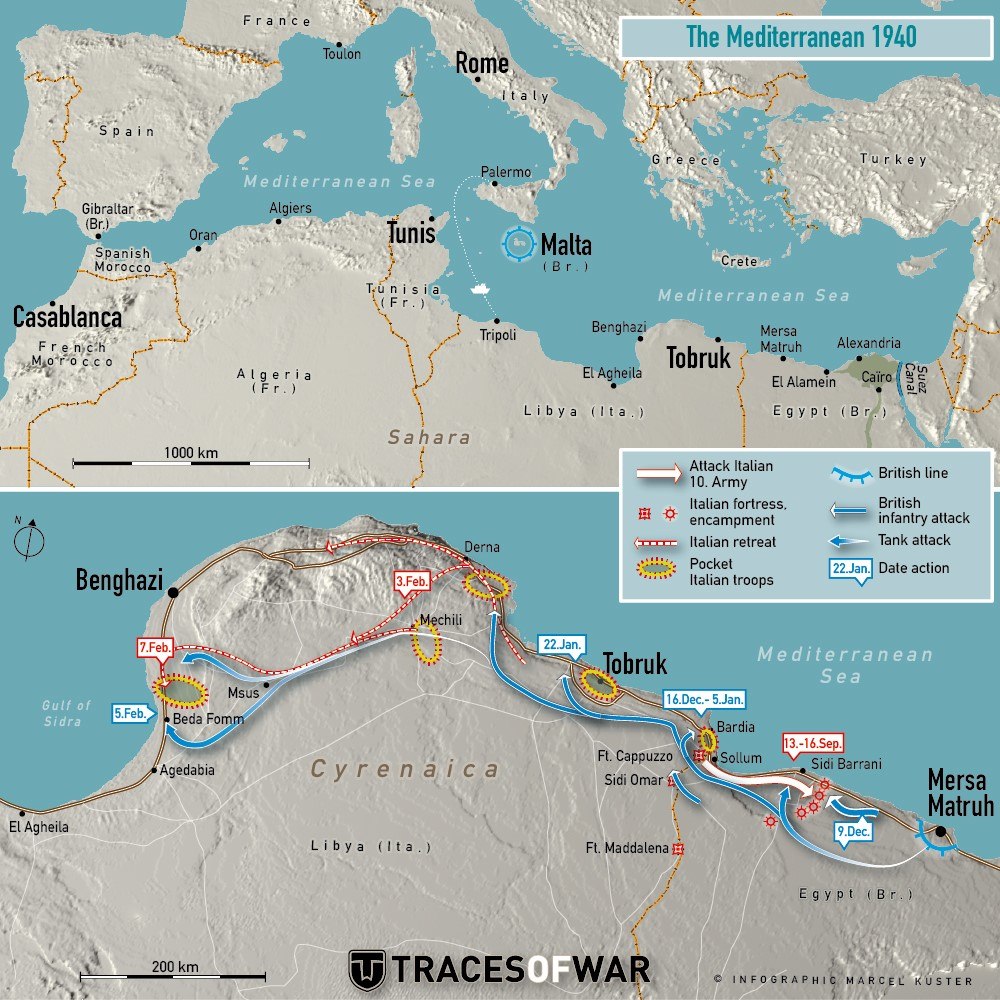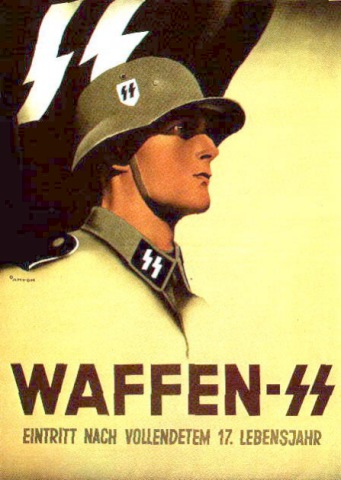Articles
- Article by Samuel de Korte
- Published on July 23rd, 2022
614th Tank Destroyer Battalion
"The 614th was activated at Camp Carson, Colorado, in 1942. I am one of its few original members," wrote sergeant Gordon B. McGinnis of B company to the newspaper of his native state. This letter was published on 3 March 1945 in The Ohio State News.
- Article by Gerd Van der Auwera
- Published on August 15th, 2012
Belgian armed forces in Great Britain
In this article a picture has been painted of the Belgian troops that continued the battle on the side of the allied forces after the capitulation on 28 May 1940. The most well-known unit of these troops probably was Brigade Piron, but next to them a lot more Belgians were participating in the fighting: in the RAF, in the Navy and even in the SAS and commando troops. The spotlight will be directed at each of these units.
- Article by Pieter Schlebaum
- Published on February 9th, 2012
British troops in the Netherlands in May 1940
On Friday the 10th of May, 1940, the Dutch neutrality was ravaged when the German armies attacked our country. The Dutch army was insufficiently trained and equipped to counter the German invasion. Without help from outside it would be a battle without the slightest chance. This help from abroad did arrive. Not only from the French, who fought in the province of Noord-Brabant, but also from the British. During the days in May 1940 British troops were active in several places the Netherlands, but mainly in Hook of Holland. The arrival of our allies enhanced the optimism both amongst the Dutch forces and amongst their country fellow men. Together with the British it ought to be possible to beat the Germans. But the British had not come to start a counter offensive.
- Article by Kevin Prenger
- Published on April 5th, 2020
Monuments, Fine Arts and Archives Section
The American Cemetery in Margraten is the last resting place of Captain Walter "Hutch" Huchthausen. Contrary to most other soldiers buried here, Huchthausen did not die while engaged in warfare duties. It was his task to track down objects of artistic and cultural value and to bring them to safety. He belonged to what soldiers among themselves called Monuments Men, a member of the Allied program aimed at protecting Europe's cultural heritage during the war. This article is about these Monuments Men.
- Article by Frank van der Drift
- Published on July 26th, 2012
Prinses Irene Brigade
On May 14, 1940, after the German Operation "Fall Gelb" the Netherlands surrendered to Germany with the exception of the south westerly province of Zeeland. From the Netherlands only a few military succeeded in escaping to Great Britain. When the battle was also lost in Zeeland, a large number of soldiers escaped to Great Britain via the Belgian and French ports Brest and Cherbourg. Next to troops of the regular forces, part of the ground personnel of the flying schools Haamstede and Flushing succeeded in fleeing to Great Britain.
- Article by Matthias Ouwejan
- Published on May 29th, 2020
Rise and fall of the Panzerarmee Afrika
North-Africa was a battlefront opened by Adolf Hitler in 1941 after the Italians had suffered a massive defeat in the battle of Beda Fomm against the British, between February 5 and 7, 1941. That battle was the climax of Operation Compass, which the British had launched on December 9, 1940. The Italians were then pushed back to El Agheila and as a result of the massive Allied advance of 497 miles in two months and the losses the Italians suffered, Germany got involved in the battle.
- Article by Kevin Prenger
- Published on February 5th, 2012
Waffen-SS
During he Second World War the troops of the Waffen-SS were feared because of their ruthlessness, cruelty and fanatical battle-readiness. A myth was established around the Waffen-SS as a politically oriented elite corps which did not know any limits in their fighting for the national socialism. The Waffen-SS troops were unconditionally faithful to Adolf Hitler and to their leaders, which was emphasized by their motto: “Meine Ehre heisst Treue” [My honor is called faithfulness]. When after the war the facts about the Waffen-SS more and more replaced the myth, it appeared that the Waffen-SS was not at all the political elite troop that many had estimated it to be.
